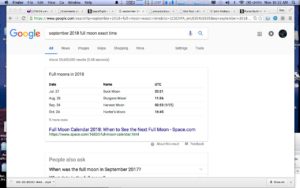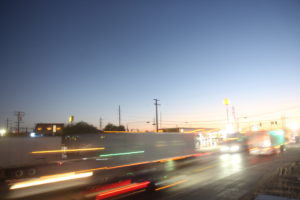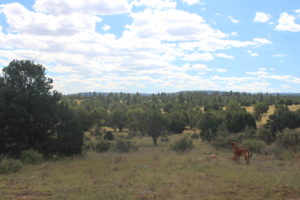Note: As I write this note on September 24th (2018) tonight will be this year’s ‘Harvest Moon,’ which means the full moon nearest to the autumnal equinox, a celestial event that already happened, a couple days ago, on Saturday the 22nd. Here’s a surprisingly accurate explanation, from Space.com:
On Sept. 22 at 9:54 p.m. EDT (0154 GMT on Sept. 23), the sun will cross the celestial equator, or an imaginary line that projects Earth’s equator into space. At this exact moment, the Northern and Southern hemispheres will receive an equal amount of sunshine, and the length of day and night will be approximately equal around the world — hence the term “equinox,” which is derived from the Latin phrase meaning “equal night.”

Exact times and names of recent full moons: ‘Harvest Moon’ is so-named because farmers could continue to reap crops under its light.
I describe the above as ‘surprisingly accurate’ for a couple, related reasons. See, I subscribe to Space.com’s notifications out of my of morbid curiosity to see what the PTB have seen fit to mis/disinform us about each day, and Space.com is a great source of science’s prevarications and blatant errors of fact and theory. As you might expect, Space.com specializes in the latest news about astronomy, cosmology (astrophysics), and space travel, and they rarely – I’m talking rarely if ever – subject us ‘masses’ to an actual truth.
But I’ll have more to say on mainstream science’s whoppers when I get around to my reviews of Who Built the Moon? and The Most Dangerous Book in the World; 9/11 as Mass Ritual, after which I’m planning on specific science-related posts.
Meanwhile, to mark this year’s Harvest moon, I did one of my ‘moving still photos,’ this one featuring both myself and the moon, at full glory. Although a day early, last night when I shot the vid, the sumbitch sure looked full. (Full moons, like equinoxes, occur at ‘moments in time,’ not ‘on days’: technically, the full moon where you are could ‘occur’ during daytime. Just FYI kinda thing.)
Allan
I’m struggling a bit with my explanation of why the two books I’ve recommended are important. Aside from fatigue from three days on the road, one problem is that I’ve been unable to get a reply from one of the authors of Who Built the Moon?, which is worrisome… But hey, hang in; I’m aiming at something worthwhile, I think.



14 comments for “A ‘Harvest Moon’”